These untamed horses carry secrets that rewrite everything you thought you knew about the wild.

Mustangs aren’t just horses running free—they’re living history galloping across open landscapes. Their story blends survival, controversy, and beauty in ways that feel almost mythical. They’ve been symbols of freedom, subjects of heated debate, and survivors in some of the harshest terrains in North America. Yet for all their fame, there are truths about them that most people never hear. These aren’t just animals; they’re cultural icons that refuse to fade into the background.
1. Mustangs aren’t technically native to North America.
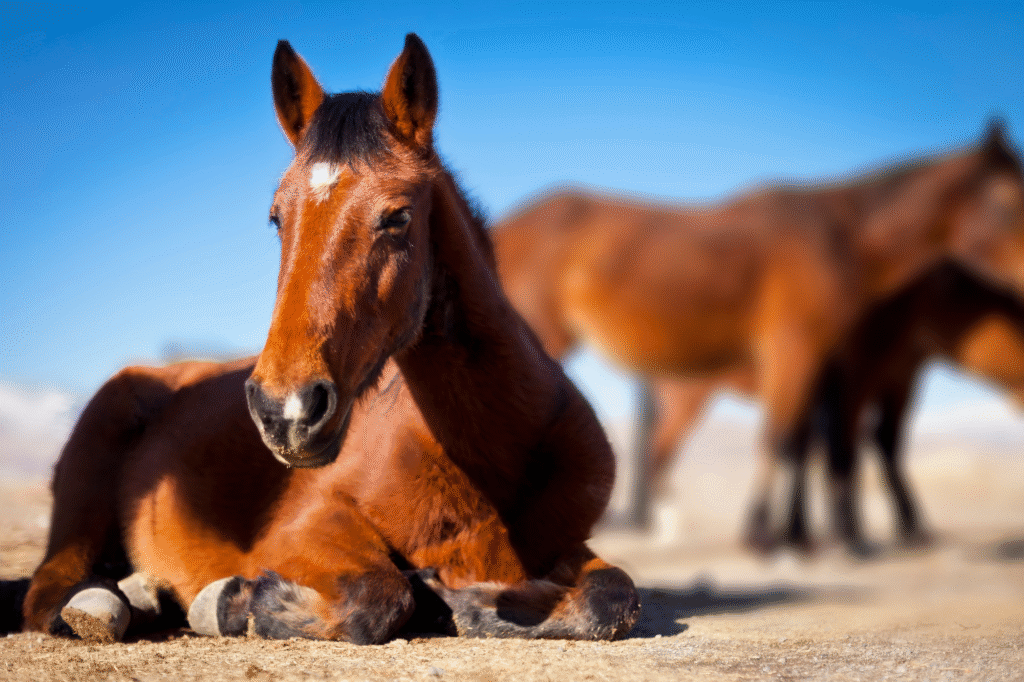
The romantic image of mustangs as America’s original wild horse is only half true. According to the Bureau of Land Management, the horses roaming today are descendants of those brought by Spanish explorers in the 1500s. Their ancestors had gone extinct in North America thousands of years earlier, which makes their comeback a full-circle twist in history.
What’s fascinating is how quickly they adapted back into the wild, almost as if the land remembered them. Within a few generations, they thrived in deserts, grasslands, and mountain regions. The way they reclaimed such diverse ecosystems says a lot about their resilience. Their story challenges the definition of “native,” making them both intruders and rightful heirs of the land they run on.
2. Herd dynamics run deeper than what meets the eye.
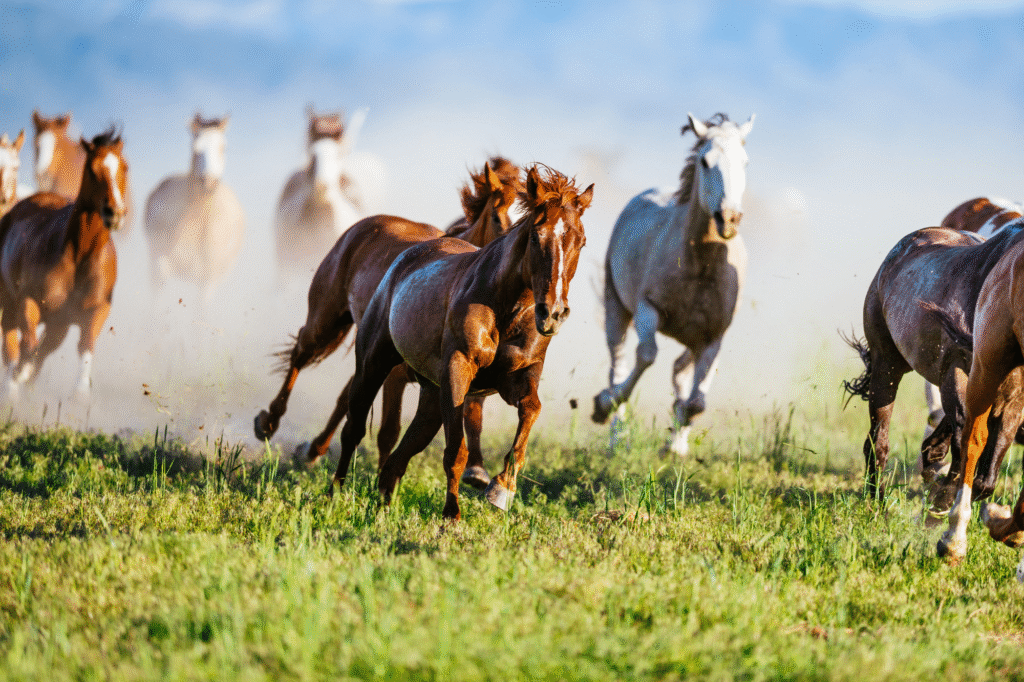
Watching a mustang herd, it might seem like chaos, but there’s an intricate structure beneath the surface. Stallions protect, mares guide, and foals learn their place through subtle body language and movement. As stated by National Geographic, mares often take on leadership roles, deciding where the group grazes or moves next. That flips the common assumption that stallions are always in charge.
This layered hierarchy makes herds both stable and flexible. If a leader falters, another steps in seamlessly. Their society is built on cooperation and communication that rivals human organization. It’s not just survival—it’s strategy wrapped in instinct, and it works flawlessly out on the range.
3. Mustangs reshape the land in ways other animals don’t.
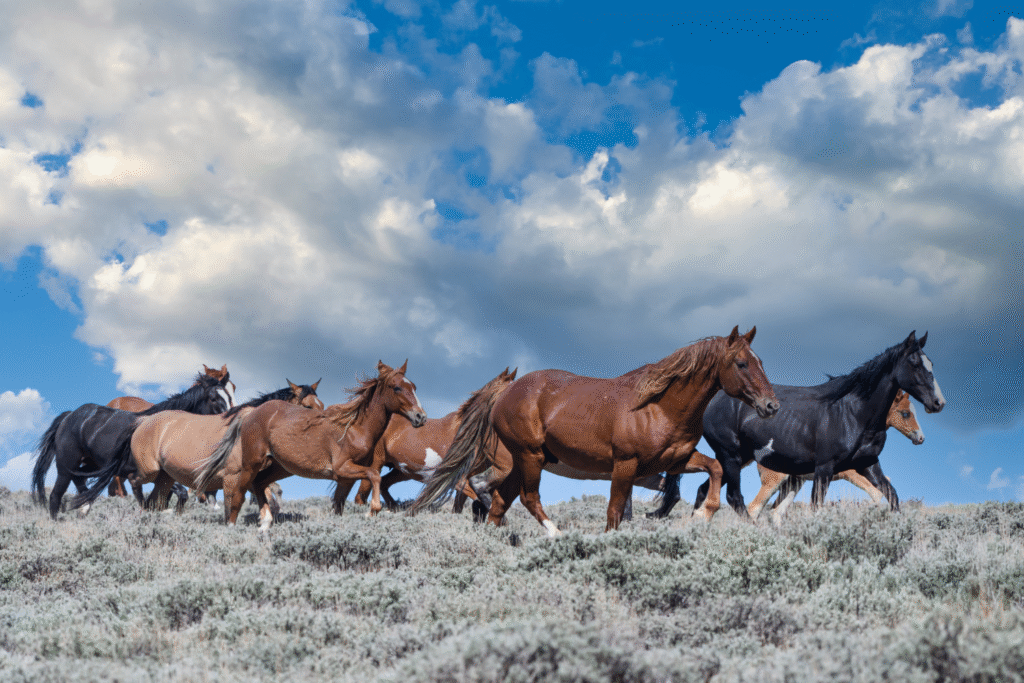
It isn’t only cattle or bison that alter ecosystems. Mustangs play a role too, leaving trails, grazing patterns, and even digging for water. Reported by Smithsonian Magazine, their hooves carve small channels that can help other animals access hidden springs. In harsh deserts, that survival technique benefits far more than just the horses.
Critics argue mustangs overgraze, but their presence also sparks life in places it might not otherwise thrive. From turning soil to spreading seeds, they change landscapes daily. These impacts may not always be celebrated, yet they’re undeniable markers of the mustangs’ ability to adapt and influence their surroundings.
4. They run faster than most people realize.
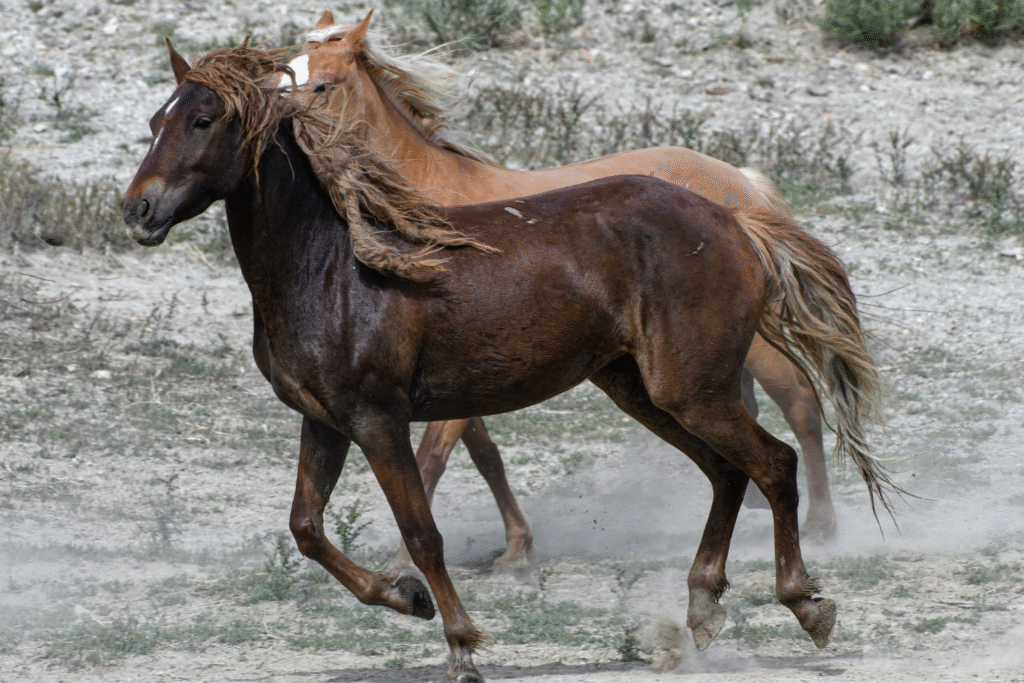
Hollywood slow-motion gallops hardly capture it—mustangs can reach speeds close to 40 miles per hour. That power isn’t just for show, it’s their lifeline. Predators, roundups, and sheer distance demand speed that leaves other grazing animals far behind.
The wild part is how effortless it looks. Their endurance allows them to travel miles without slowing, covering terrain that would exhaust domestic horses. That speed paired with stamina explains how herds survive across such massive, unforgiving landscapes. Every sprint is both survival and spectacle.
5. Coat colors tell stories of ancestry.
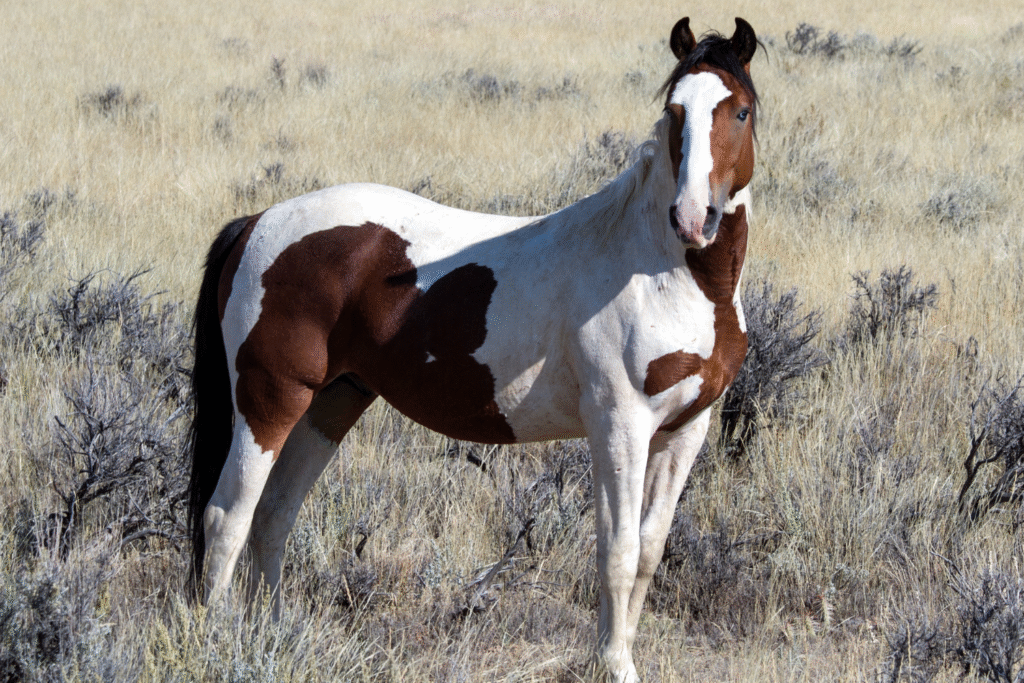
Mustangs come in every shade imaginable—paints, bays, duns, and even rare patterns like grullos. These colors aren’t just random; they carry genetic echoes of the breeds that shaped them. Spanish, Arabian, and draft horse bloodlines all left their mark, leaving a patchwork of variety.
Spotting a herd often feels like scanning through centuries of history, one coat at a time. Those striking patterns become clues to where the ancestors came from, whether war horses or farm stock. Their coats remind us that these wild horses are also living records of human history blending with nature.
6. Roundups change their destiny overnight.
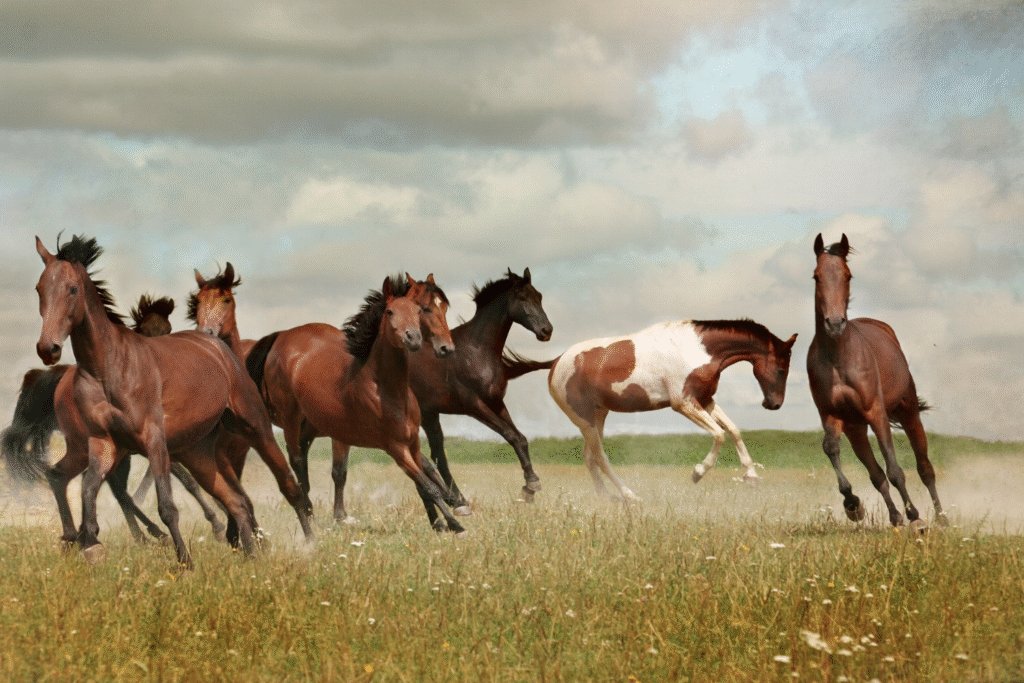
Helicopter roundups capture thousands of mustangs each year, removing them from the wild to control populations. Critics see it as cruel, while ranchers view it as necessary to manage land. The shift from running free to standing in holding pens happens in hours, erasing centuries of instinct in the blink of an eye.
For the horses, the trauma is immense. Families get separated, dominance orders collapse, and freedom vanishes. Some find homes through adoption programs, but others remain in long-term facilities, never seeing open land again. The debate over their future only grows more heated with every roundup season.
7. Wild mustangs and domestic horses speak different languages.
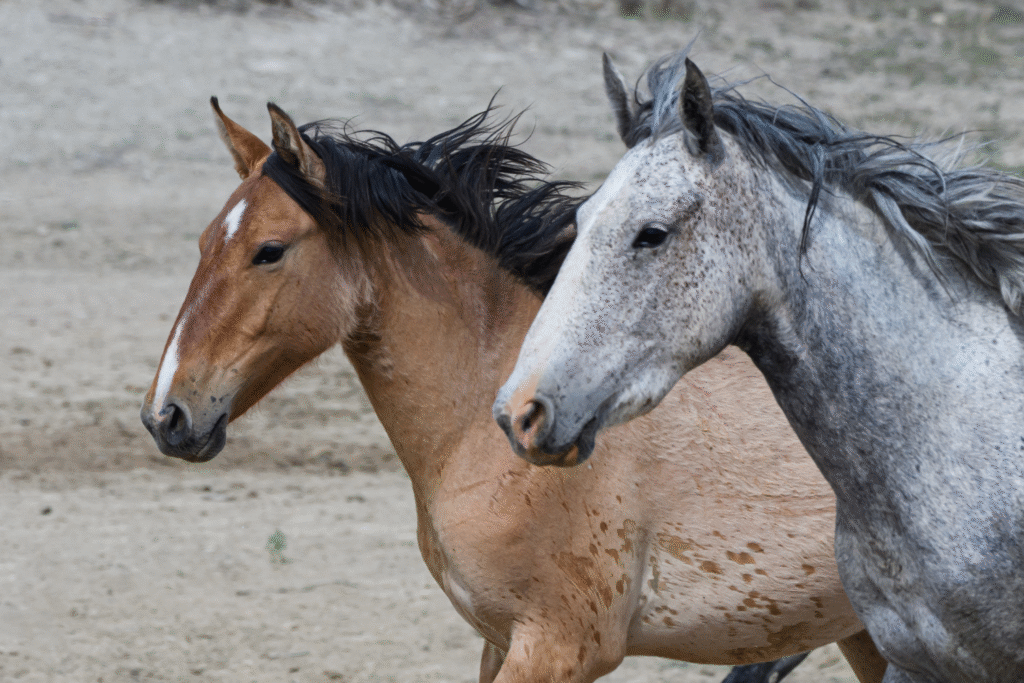
Domestic horses often lose certain survival instincts, relying on humans for food, shelter, and safety. Wild mustangs keep those instincts sharp, communicating through tiny gestures, ear flicks, and movements that decide everything from safety to play. The difference between the two worlds is striking.
Bringing a mustang into human care requires patience, because their natural caution doesn’t fade easily. It’s a different language altogether, and learning it takes time. Those who succeed often describe the bond as deeper, because it’s built on trust rather than habit.
8. Foals can run within hours of being born.
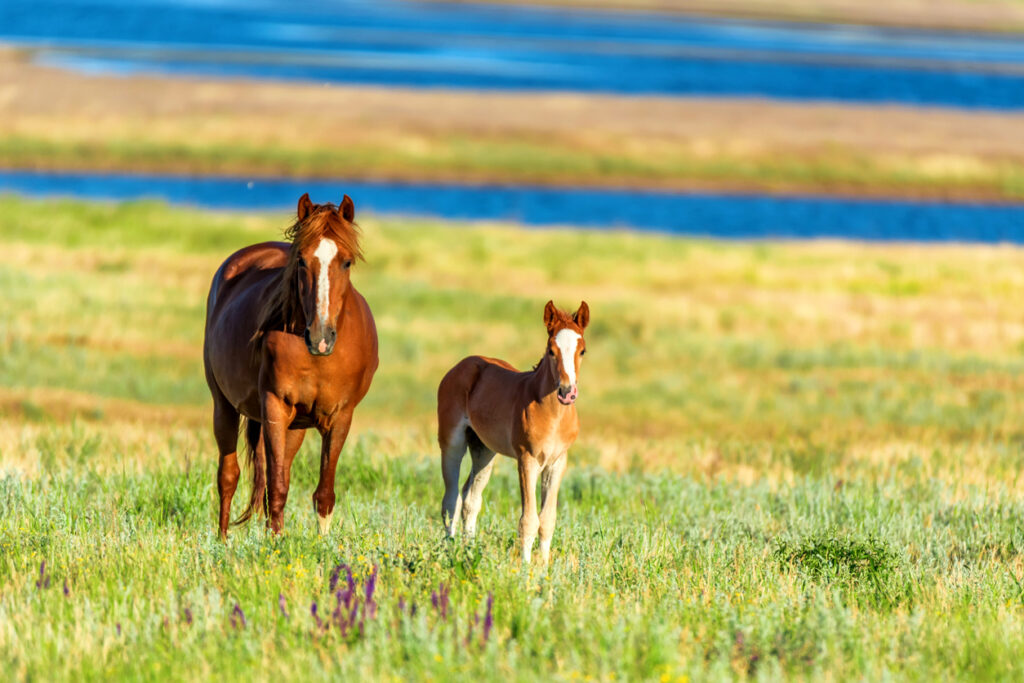
A newborn mustang foal doesn’t get the luxury of a slow start. Within hours, it’s on its feet, moving with the herd, and learning the basics of survival. That speed of development isn’t just impressive—it’s essential. Predators and long migrations don’t wait for babies to catch up.
Watching a foal wobble into a gallop shows just how finely tuned evolution has made these horses. Their survival depends on it, and the sight of such tiny strength is one of the wild’s best-kept treasures.
9. Mustangs influence human culture in ways we forget.
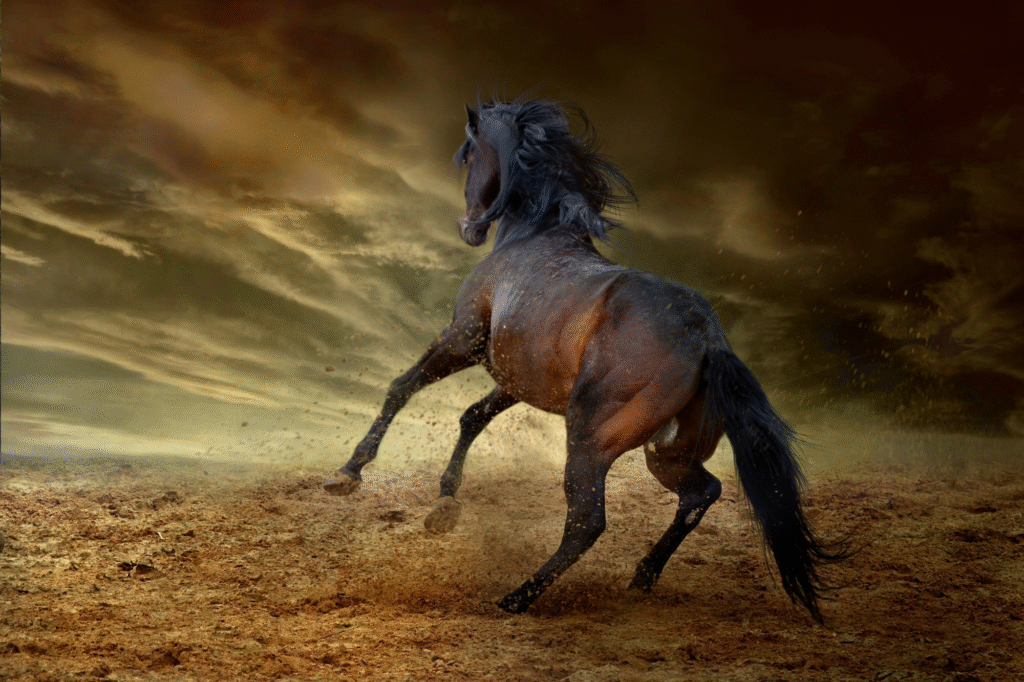
From Native American traditions to Western films, mustangs are woven into the American identity. Their image as untamed freedom stands as a symbol people cling to, even as their numbers dwindle. Songs, stories, and art have immortalized them as more than just animals.
They carry meaning far beyond their physical presence. For some, they represent resistance, for others nostalgia, and for many simply beauty in its purest form. That cultural weight ensures mustangs will never fully disappear, no matter how heated management debates become.
10. Their survival often comes down to water.
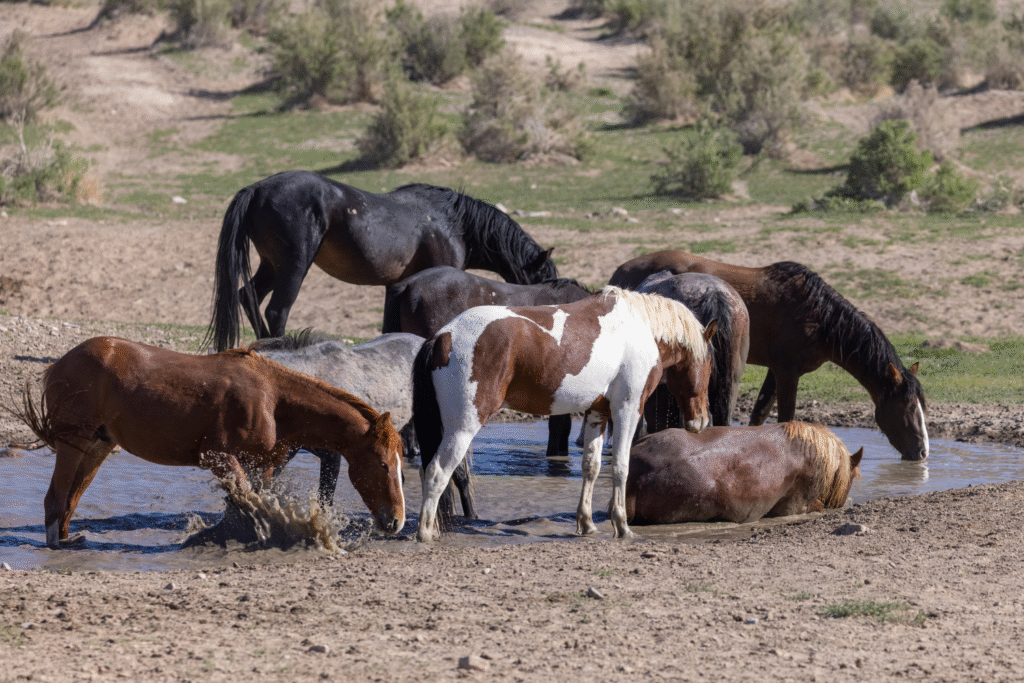
In many herds, finding water dictates every move. Dry seasons push them into conflict with cattle, wildlife, and even humans. A single spring can support dozens of animals, and fights over access sometimes decide which herds thrive.
Water shapes not only where they live but how they live. Entire migration patterns bend around scarce sources, turning ponds into lifelines. Their resilience is impressive, but it also shows just how fragile wild survival can be in today’s changing climate.
11. Adoption turns wild into family.
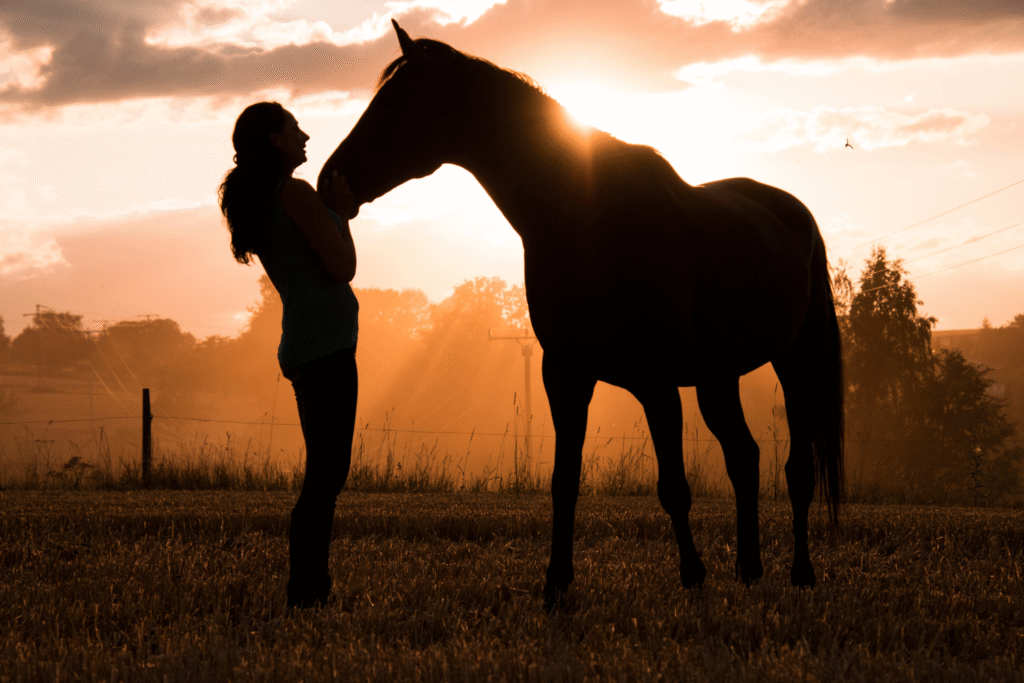
Programs across the United States give mustangs a second life by pairing them with new owners. The Bureau of Land Management’s adoption initiative has placed thousands into homes, creating a bridge between wilderness and domesticity.
It’s not always easy—mustangs don’t forget their wild instincts overnight. But when handled with patience, they form some of the strongest horse-human bonds possible. That final transformation, from roaming free to standing beside someone in trust, feels like proof that wild spirit and human care can coexist without erasing one another.

toe9hj